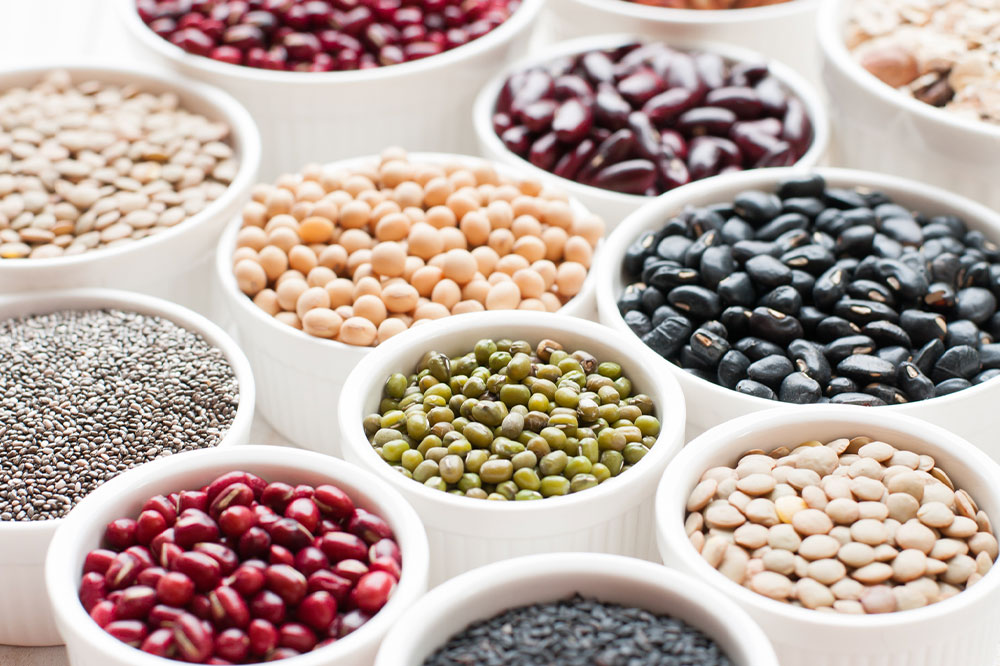7 superfoods that help fight colon cancer
Colon cancer is cancer of the large intestine—the part of the body that plays a crucial role in digestion and waste elimination. Cancer is a serious and life-threatening condition, and it is essential to follow the doctor’s instructions when dealing with it. Poor eating habits increase the risk of colon cancer, so in addition to treatment, some superfoods can improve gut health and boost immunity. Here are some foods that can help manage colon cancer: Beans and legumes Beans and legumes are great options when it comes to combating colon cancer. Specifically, black beans contain certain fatty acids that protect against the growth of certain cancer cells. Berries Berries contain high levels of antioxidants and phytonutrients that are good for our gut health. Certain berries, such as black raspberries, contain high levels of anthocyanins, which restricts the growth of cancer cells in the body. Carrots Carrots contain beta-carotene, which can curtail the growth of abnormal cells. They also have other nutrients that can protect one against other types of cancer. Fish Fish like salmon and herring are rich in omega-3 fatty acids, which are important for maintaining heart health and can fight the growth of new cancer cells. Cruciferous vegetables Vegetables like broccoli, kale, cabbage, and cauliflower contain substantial amounts of sulforaphane, which can minimize cancer risk and improve the body’s immunity.
Read More 









